AI and the Biology of the Future: Designing Creatures for Other Planets
What if the next great leap in human evolution wasn’t about us at all? What if it was about the lifeforms we create to survive where we cannot? This isn’t the plot of a sci-fi blockbuster—it’s the cutting edge of science today. Artificial intelligence (AI) is teaming up with synthetic biology to design organisms capable of thriving in the harshest corners of the universe. From the icy oceans of Europa to the toxic atmosphere of Venus, the future of life might not be human—it might be synthetic.
Renowned physicist Stephen Hawking once warned that humanity’s survival depends on becoming a multi-planetary species. But how do we make uninhabitable worlds livable? Enter synthetic biology, the science of engineering life, and AI, the ultimate problem-solver. Together, they’re rewriting the rules of biology. As Craig Venter, the pioneer of synthetic genomics, puts it, “We’re entering an era where we can design life from scratch.” And Freeman Dyson, the visionary physicist, imagined a future where life could adapt to any environment, even the vacuum of space. That future is closer than you think.
But let’s not get ahead of ourselves. Designing life for other planets isn’t just about slapping together some DNA and hoping for the best. It’s about understanding the intricate dance of biology, physics, and chemistry—and then teaching AI to choreograph it. So, buckle up. We’re about to explore how AI is revolutionizing synthetic biology to create lifeforms that could one day call other planets home.
1. The Science of Synthetic Biology: Building Life from Scratch
1.1 What is Synthetic Biology?
Synthetic biology is like LEGO for life. Instead of building castles or spaceships, scientists are assembling genes, proteins, and cells to create organisms with entirely new functions. It’s the ultimate DIY project, except instead of a birdhouse, you’re building a microbe that can survive on Mars. Sounds wild, right? But it’s already happening.
One of the biggest breakthroughs in synthetic biology came with the development of CRISPR, a gene-editing tool that lets scientists cut and paste DNA with precision. Think of it as the “find and replace” function for the genome. But CRISPR is just the beginning. In 2010, researchers at the J. Craig Venter Institute created the first synthetic cell, nicknamed “Synthia.” It was a watershed moment, proving that life could be designed from the ground up.
Fast forward to today, and synthetic biology is being used to create everything from lab-grown meat to biofuels. But the real game-changer? Using it to design organisms for extraterrestrial environments. Imagine a microbe that can turn Martian soil into fertile ground or a plant that thrives in Europa’s subzero oceans. That’s the power of synthetic biology.
1.2 The Role of AI in Synthetic Biology
If synthetic biology is the architect, AI is the construction crew. Designing life is a complex, time-consuming process. It involves testing thousands of genetic combinations to find the ones that work. That’s where AI comes in. By analyzing massive datasets, AI can predict which genetic tweaks will produce the desired traits—whether it’s radiation resistance or the ability to metabolize toxic chemicals.
Take DeepMind’s AlphaFold, for example. This AI system can predict the 3D structure of proteins—a task that used to take years—in a matter of hours. Why does this matter? Because proteins are the building blocks of life. Understanding their structure is key to designing organisms with specific functions. AI is also being used to design metabolic pathways, the chemical reactions that keep cells alive. By optimizing these pathways, scientists can create organisms that are more efficient and resilient.
But AI isn’t just a tool for speeding up research—it’s a creative partner. By generating novel genetic sequences, AI can come up with designs that humans might never think of. It’s like having a mad scientist in your corner, minus the maniacal laughter.
1.3 Challenges in Designing Life for Space
Designing life for Earth is hard enough. Designing it for space? That’s a whole new level of difficulty. Let’s break it down:
- Extreme Temperatures: Mars can get as cold as -80°F (-62°C), while Venus is a toasty 900°F (475°C). Organisms need to be able to survive—and thrive—in these extremes.
- Radiation: Without Earth’s protective atmosphere, space is a radiation minefield. Organisms will need built-in shields to withstand cosmic rays.
- Low Gravity: How do you design a plant that can grow in Martian gravity, which is just 38% of Earth’s? Or a microbe that can reproduce in zero-G?
- Resource Scarcity: Space is a desert. Organisms will need to be ultra-efficient, using every scrap of available material to survive.
These challenges might seem insurmountable, but that’s where AI shines. By simulating millions of scenarios, AI can identify the genetic tweaks needed to overcome these obstacles. It’s like playing a video game where the goal is to create the ultimate space organism—and AI is the cheat code.
2. Astrobiology Meets AI: Understanding Extraterrestrial Environments
2.1 What is Astrobiology?
Astrobiology is like the ultimate detective story. It’s the study of life in the universe—where it might exist, how it could survive, and what it might look like. Think of it as CSI: Space Edition. Scientists in this field ask big questions: Are we alone? Could life exist on Mars, Europa, or even in the clouds of Venus? Spoiler alert: we don’t know yet, but we’re getting closer.
Astrobiology combines biology, chemistry, physics, and even geology to explore the possibilities of life beyond Earth. It’s not just about finding little green men; it’s about understanding the conditions that make life possible. For example, extremophiles—microbes that thrive in Earth’s harshest environments—give us clues about where life might survive elsewhere. These tiny tough guys can handle boiling hot springs, freezing Antarctic lakes, and even the vacuum of space. If they can do it, maybe other lifeforms can too.
2.2 AI in Environmental Analysis
Enter AI, the ultimate sidekick for astrobiologists. Artificial intelligence is like a super-powered magnifying glass, helping scientists analyze and interpret data from distant planets. For example, NASA’s Mars rovers have been sending back data for years, but sifting through it all is a monumental task. AI can process this data faster than a human ever could, identifying patterns and anomalies that might indicate signs of life—or at least the potential for it.
One standout example is DeepMind’s AlphaFold, which revolutionized protein folding predictions. While AlphaFold was designed for Earth-based biology, its AI-driven approach could be adapted to model how proteins might behave in extraterrestrial environments. Imagine AI predicting how a Martian microbe’s enzymes would function in sub-zero temperatures or high-radiation conditions. It’s like giving scientists a crystal ball for alien biology.
2.3 Designing for Specific Planets
Not all planets are created equal, and neither are the lifeforms we might design for them. Mars, for instance, is a cold, dusty desert with a thin atmosphere and high radiation levels. To survive there, organisms would need to be tough—like a cactus crossed with a cockroach. AI can help design microbes that produce oxygen, stabilize soil, or even create biofuels from Martian resources.
Then there’s Europa, Jupiter’s icy moon, which might have a liquid ocean beneath its frozen surface. Life here would need to withstand extreme cold and pressure, possibly relying on chemical energy instead of sunlight. AI could help design organisms that thrive in these dark, watery depths, perhaps even creating a self-sustaining ecosystem.
And let’s not forget Venus, the solar system’s ultimate bad neighbor. With surface temperatures hot enough to melt lead and clouds of sulfuric acid, Venus is a tough sell for life as we know it. But AI could help design organisms that float in the planet’s upper atmosphere, where conditions are slightly less hellish. Think of them as the ultimate high-altitude balloonists.
3. Ethical and Philosophical Implications of Creating Alien Life
3.1 Playing God: The Moral Dilemma
Let’s address the elephant in the room: are we overstepping our bounds by designing life for other planets? Some people argue that creating synthetic organisms is like playing God—a phrase that’s been thrown around since Mary Shelley wrote Frankenstein. But is it really playing God, or is it just using the tools we’ve been given to explore and innovate?
Religious and philosophical perspectives vary widely. Some see synthetic biology as a natural extension of human creativity, while others view it as a dangerous overreach. The key is to approach this technology with humility and responsibility. After all, we’re not just creating life; we’re potentially creating ecosystems that could last for millennia. That’s a lot of pressure for a bunch of hairless apes with smartphones.
3.2 The Rights of Synthetic Organisms
Here’s a mind-bender: if we create synthetic lifeforms, do they have rights? Should they? This isn’t just a question for sci-fi writers; it’s a real ethical dilemma. If we design a microbe that can think, feel, or even reproduce autonomously, does it deserve some form of legal protection? Or is it just a tool, like a hammer or a toaster?
The debate over sentience and autonomy in synthetic biology is still in its infancy, but it’s a conversation we need to have. After all, we don’t want to end up in a situation where we’re the villains in a future alien uprising. (Looking at you, Alien franchise.)
3.3 Planetary Protection and Contamination
One of the biggest risks of extraterrestrial bioengineering is contamination. If we introduce Earth-based organisms to another planet, we could accidentally wipe out any native life—or create a hybrid ecosystem that’s impossible to control. This isn’t just a scientific concern; it’s a moral one. We have a responsibility to protect the integrity of other worlds, even as we explore them.
Planetary protection protocols are already in place for missions like NASA’s Mars 2020, which aims to bring samples back to Earth. But as we move toward designing life for other planets, these protocols will need to evolve. AI can play a key role here, helping us design organisms that are both effective and safe, minimizing the risk of contamination while maximizing the potential for discovery.
4. Practical Applications: From Terraforming to Resource Production
4.1 Terraforming with Synthetic Organisms
Imagine turning a barren, lifeless planet like Mars into a lush, habitable world. Sounds like science fiction, right? But with synthetic biology and AI, this dream is closer than you think. Terraforming—the process of transforming a planet’s environment to make it Earth-like—could be revolutionized by bioengineered organisms. For example, cyanobacteria, tiny microbes that produce oxygen through photosynthesis, could be designed to thrive in Martian soil. These organisms could gradually release oxygen into the atmosphere, making it breathable for humans. NASA has already explored the potential of cyanobacteria for space missions, and AI could optimize their genetic makeup to survive Mars’ harsh conditions.
But terraforming isn’t just about oxygen. It’s about creating a stable ecosystem. AI could design organisms that:
- Break down toxic compounds in the soil.
- Stabilize temperatures by producing greenhouse gases.
- Recycle waste into usable resources.
Think of it as building a biological toolkit for planetary makeovers. The possibilities are as vast as the universe itself.
4.2 Resource Production in Space
Space is a resource desert. Transporting materials from Earth is expensive and impractical for long-term colonization. But what if we could grow what we need on-site? Synthetic biology could enable the production of essential resources like food, fuel, and building materials directly on other planets. For instance, bioengineered plants could be designed to grow in low-gravity environments, providing fresh food for astronauts. Companies like SpaceX are already working on sustainable space habitats, and AI-driven bioengineering could take this vision to the next level.
Here’s how it could work:
- Design organisms to extract minerals from planetary soil.
- Engineer microbes to convert raw materials into fuel or construction materials.
- Create self-sustaining agricultural systems using bioengineered crops.
This approach not only reduces reliance on Earth but also opens up new possibilities for interplanetary trade and industry.
4.3 Self-Replicating Systems
One of the biggest challenges of space colonization is sustainability. How do you maintain a colony without constant resupply missions? The answer lies in self-replicating systems—organisms that can reproduce and sustain themselves autonomously. AI could design microbes or plants that:
- Reproduce efficiently in low-resource environments.
- Adapt to changing conditions through genetic evolution.
- Maintain ecosystem balance without human intervention.
For example, researchers at NASA are exploring the use of synthetic biology to create self-repairing materials for spacecraft. Imagine a future where entire ecosystems on Mars or Europa are maintained by AI-designed organisms, ensuring the survival of human colonies for generations.
5. The Future of AI-Driven Bioengineering
5.1 Collaborative AI-Human Creativity
AI isn’t here to replace human creativity—it’s here to amplify it. In the field of bioengineering, AI can generate thousands of genetic designs in seconds, allowing scientists to explore possibilities that would take years to uncover manually. For example, DeepMind’s AlphaFold has revolutionized protein folding, a critical step in designing new organisms. By combining AI’s computational power with human intuition, we can push the boundaries of what’s possible in synthetic biology.
Here’s how this collaboration works:
- AI generates initial designs based on environmental data.
- Scientists refine and test these designs in the lab.
- AI analyzes results and suggests improvements.
This iterative process accelerates innovation, bringing us closer to creating lifeforms for other planets.
5.2 Interplanetary Ecosystems
Imagine a network of interconnected ecosystems spanning multiple planets. AI could manage these systems, ensuring they work together seamlessly. For instance, organisms on Mars could produce oxygen, while those on Europa extract water from icy oceans. AI would monitor and optimize these ecosystems, balancing resources and preventing collapse. This vision of interplanetary harmony could redefine our relationship with the universe.
Key benefits of interplanetary ecosystems include:
- Resource sharing between colonies.
- Enhanced resilience against environmental changes.
- Opportunities for scientific discovery and innovation.
It’s not just about survival—it’s about thriving in the cosmos.
5.3 The Long-Term Vision
The ultimate goal of AI-driven bioengineering is to become architects of life in the universe. By designing organisms for other planets, we’re not just expanding human exploration—we’re redefining what it means to be alive. This vision has profound implications for the search for extraterrestrial intelligence (SETI). If we can create life, could other civilizations have done the same? The answers may lie in the stars.
As we look to the future, one thing is clear: the fusion of AI and synthetic biology is more than a scientific breakthrough—it’s a new chapter in the story of life itself. And we’re just getting started.
6. AI Solutions: How Would AI Tackle This Issue?
AI would approach the challenge of designing extraterrestrial lifeforms through a multi-step, iterative process. This isn’t just about crunching numbers or running simulations—it’s about reimagining life itself. Here’s how AI could revolutionize the field of extraterrestrial bioengineering:
6.1 Data Collection and Analysis
The first step is understanding the environment. AI would analyze planetary data from missions like NASA’s Mars Exploration Program or the European Space Agency’s JUICE mission to Jupiter’s moons. This includes temperature, radiation levels, atmospheric composition, and soil chemistry. AI algorithms, like those used in DeepMind’s AlphaFold, would process this data to build predictive models of environmental conditions. Think of it as creating a digital twin of the target planet.
6.2 Genetic Design and Simulation
Once the environment is mapped, AI would design genomes optimized for survival. Using tools like CRISPR-Cas9 and AI-driven platforms such as Zymergen, scientists could create organisms with tailored metabolic pathways. AI would simulate how these organisms behave in virtual environments, predicting everything from oxygen production to resistance to cosmic radiation. This is where AI’s ability to process vast datasets shines—it can test millions of genetic combinations in seconds.
6.3 Iterative Testing and Optimization
No design is perfect on the first try. AI would identify flaws in genetic blueprints and suggest improvements. For example, if a microbe designed for Mars struggles with low temperatures, AI could tweak its genome to enhance cold resistance. This iterative process would continue until the organism is optimized for its target environment. Tools like IBM Watson could play a key role here, offering insights into metabolic efficiency and resource utilization.
6.4 Ethical and Safety Checks
AI wouldn’t just design life—it would also ensure it’s done responsibly. Ethical frameworks, guided by AI, would evaluate the potential risks of creating synthetic organisms. For instance, what if a microbe designed for Mars accidentally contaminates Earth? AI could simulate these scenarios and recommend safeguards. Organizations like the SynBioWatch advocacy group could provide oversight, ensuring that planetary protection protocols are followed.
6.5 Deployment and Monitoring
Once the organisms are ready, AI would oversee their deployment. On Mars, for example, AI-controlled drones could release microbes into the soil and monitor their performance in real-time. If something goes wrong—say, a microbe mutates unexpectedly—AI could intervene, adjusting environmental conditions or even deploying a backup organism. This level of control is only possible with advanced AI systems like those developed by SpaceX and NASA.
Action Schedule/Roadmap (Day 1 to Year 2)
Here’s a detailed roadmap for implementing AI-driven extraterrestrial bioengineering:
- Day 1: Assemble a multidisciplinary team of synthetic biologists, AI experts, astrobiologists, and ethicists. Key personnel could include researchers from MIT, Caltech, and Oxford University.
- Day 2: Begin data collection on target planets using existing missions like Curiosity and Rosetta.
- Week 1: Develop AI models for environmental analysis using platforms like TensorFlow and PyTorch.
- Week 2: Start designing initial genetic blueprints for extremophile organisms using CRISPR and AI tools like Benchling.
- Month 1: Conduct virtual simulations of organism behavior in digital twin environments.
- Month 2: Begin iterative testing and optimization of genetic designs using AI-driven platforms.
- Year 1: Deploy first-generation organisms in controlled extraterrestrial environments, such as Mars simulation labs at NASA Ames.
- Year 1.5: Analyze performance data and refine designs based on real-world feedback.
- Year 2: Launch pilot missions to test organisms on target planets, leveraging partnerships with SpaceX and Blue Origin.
The Next Frontier of Life
The fusion of AI and synthetic biology isn’t just a scientific breakthrough—it’s a philosophical revolution. By designing lifeforms capable of thriving on other planets, we’re not only expanding the boundaries of human exploration but also redefining what it means to be alive. This is the dawn of a new era, where life isn’t just a product of evolution but a creation of human ingenuity and artificial intelligence.
Imagine a future where Mars is no longer a barren wasteland but a thriving ecosystem, teeming with bioengineered plants and microbes. Picture Europa’s icy oceans inhabited by organisms designed to withstand extreme cold and pressure. Envision a universe where life isn’t confined to Earth but flourishes across the cosmos. This is the promise of AI-driven bioengineering—a future where life finds a way, not by chance, but by design.
But with great power comes great responsibility. As we venture into this uncharted territory, we must ask ourselves: What are the ethical implications of creating life? How do we ensure that our creations don’t harm existing ecosystems, whether on Earth or elsewhere? And perhaps most importantly, what does it mean to be the architects of life in the universe?
These are questions that will shape the future of humanity. They challenge us to think beyond the limits of our current understanding and embrace the possibilities of a world where life is not just discovered but designed. The journey ahead is fraught with challenges, but it’s also filled with hope—a hope that one day, life will flourish not just on Earth, but among the stars.
So, what do you think? Are we ready to take the next step in the evolution of life? Share your thoughts in the comments below, and don’t forget to subscribe to our newsletter for more insights into the future of technology and biology. Together, let’s build a brighter future—one where life knows no bounds.
FAQ
Q1: Is it ethical to create life for other planets?
This is a tricky question. On one hand, creating life could help us explore and maybe even live on other planets. On the other hand, it raises big ethical questions. Are we playing God? What if something goes wrong? Scientists and ethicists are still debating this. For example, the NASA has guidelines to make sure we don’t harm other planets or any life that might already be there.
Q2: How long will it take to design organisms for Mars?
It’s hard to say exactly, but experts think it could take 5 to 10 years. First, we need to understand Mars better. Then, we’ll use AI to design organisms that can survive there. After that, we’ll test them in labs that mimic Mars’ environment. For more on Mars exploration, check out SpaceX and their plans for Mars.
Q3: What are the risks of contaminating other planets?
Contaminating other planets is a big concern. If we bring Earth organisms to Mars, they might mess up any life that’s already there. This could ruin our chances of finding alien life. Plus, it could make it harder to study the planet. That’s why organizations like ESA have strict rules to keep planets clean.
Q4: Can AI truly design life?
AI can help a lot, but it’s not magic. AI can analyze data, suggest designs, and run simulations. But humans still need to make the final decisions. For example, DeepMind has created AI that can predict protein shapes, which is a big step in designing life. But we’re not at the point where AI can do it all on its own.
Q5: What are the practical applications of this technology?
There are many! Here are a few:
- Terraforming: Using organisms to make planets like Mars more Earth-like.
- Resource Production: Designing organisms to mine minerals or produce food in space.
- Self-Sustaining Ecosystems: Creating systems that can support life without constant help from Earth.
For more on how this could work, take a look at Space.com for the latest updates.
Q6: What happens if the organisms we create go out of control?
This is a real risk. If organisms designed for Mars start growing too fast or in the wrong way, they could cause problems. That’s why scientists are working on ways to control them. For example, they might design organisms that need special chemicals to survive, which we can control. For more on this, check out Science Magazine.
Q7: Will these organisms be able to survive on their own?
That’s the goal! Scientists want to create organisms that can survive and even thrive without constant help from humans. This is called a self-sustaining ecosystem. For example, some microbes on Earth can survive in extreme conditions, like in hot springs or deep underwater. Scientists are studying these microbes to learn how to design similar organisms for space. For more on extremophiles, visit National Geographic.
Q8: What’s the first step in designing life for other planets?
The first step is understanding the environment of the planet. For Mars, this means studying its soil, atmosphere, and temperature. Once we know what we’re dealing with, we can start designing organisms that can survive there. For the latest on Mars research, check out NASA’s Jet Propulsion Laboratory.
Q9: How will AI help in this process?
AI will be a big help in several ways:
- Data Analysis: AI can quickly analyze huge amounts of data about a planet’s environment.
- Design: AI can suggest genetic designs that might work best for a specific environment.
- Testing: AI can run simulations to see how well a design might work before we try it in real life.
For more on how AI is changing science, visit IBM.
Q10: What’s the biggest challenge in designing life for other planets?
The biggest challenge is making sure the organisms can survive in such harsh conditions. Mars, for example, has very little oxygen, lots of radiation, and extreme temperatures. We need to design organisms that can handle all of this. Plus, we need to make sure they don’t cause any harm to the planet. For more on the challenges of space exploration, check out SpaceX.
Wait! There's more...check out our gripping short story that continues the journey: CRISPR-AI Simulation 7G
Disclaimer: This article may contain affiliate links. If you click on these links and make a purchase, we may receive a commission at no additional cost to you. Our recommendations and reviews are always independent and objective, aiming to provide you with the best information and resources.
Get Exclusive Stories, Photos, Art & Offers - Subscribe Today!
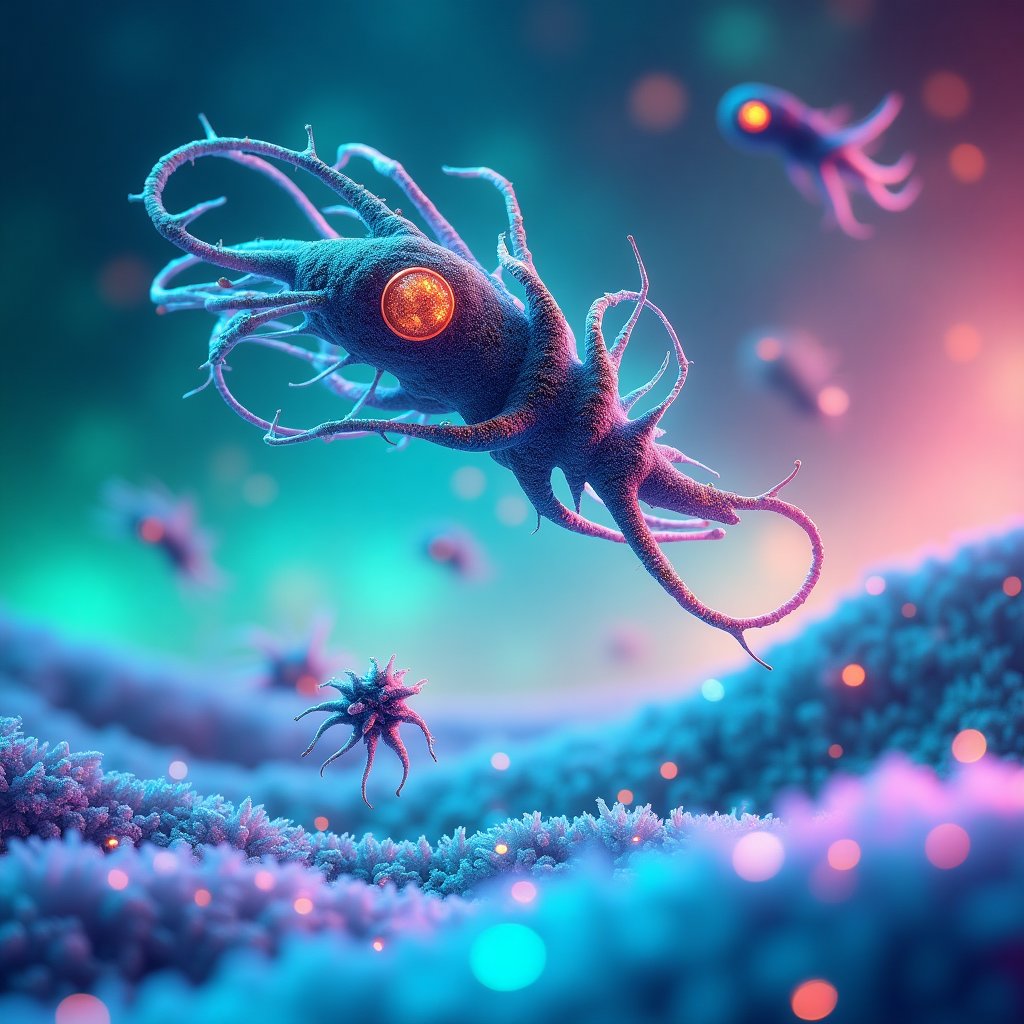

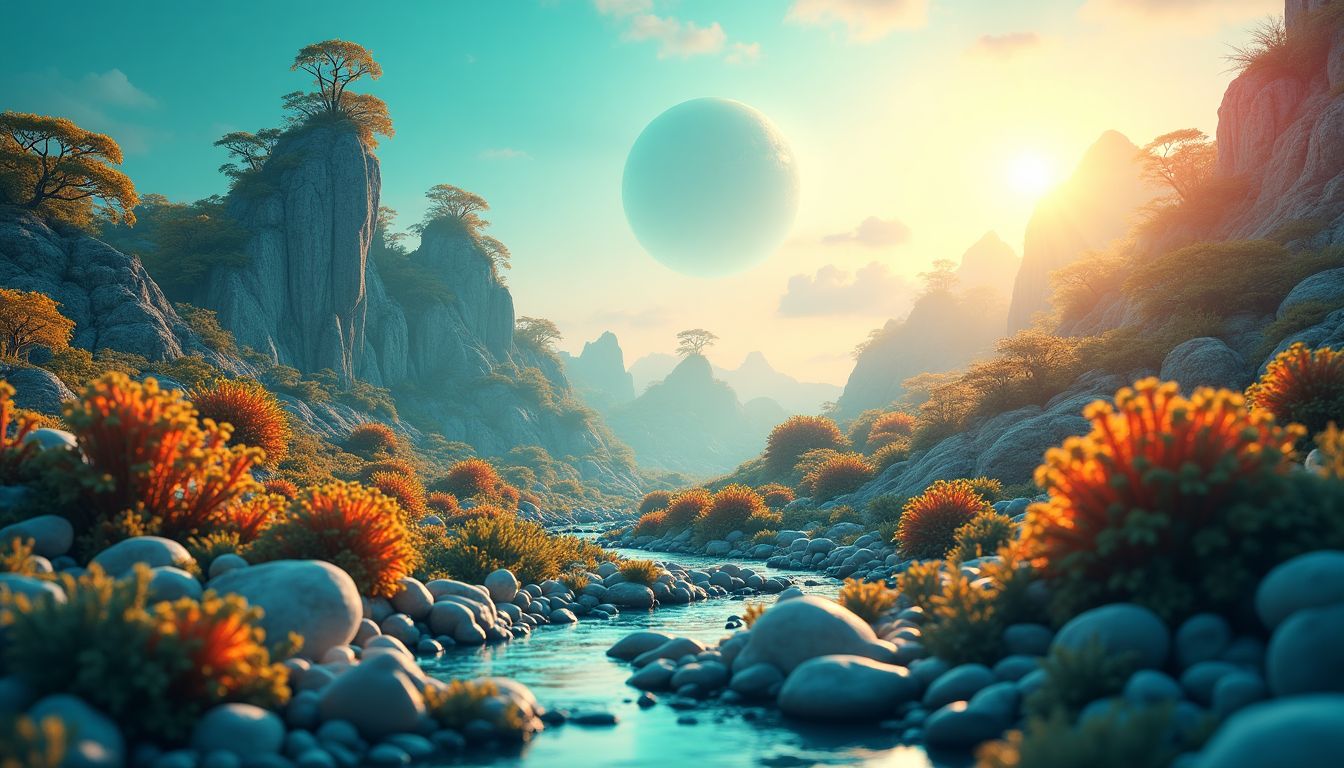
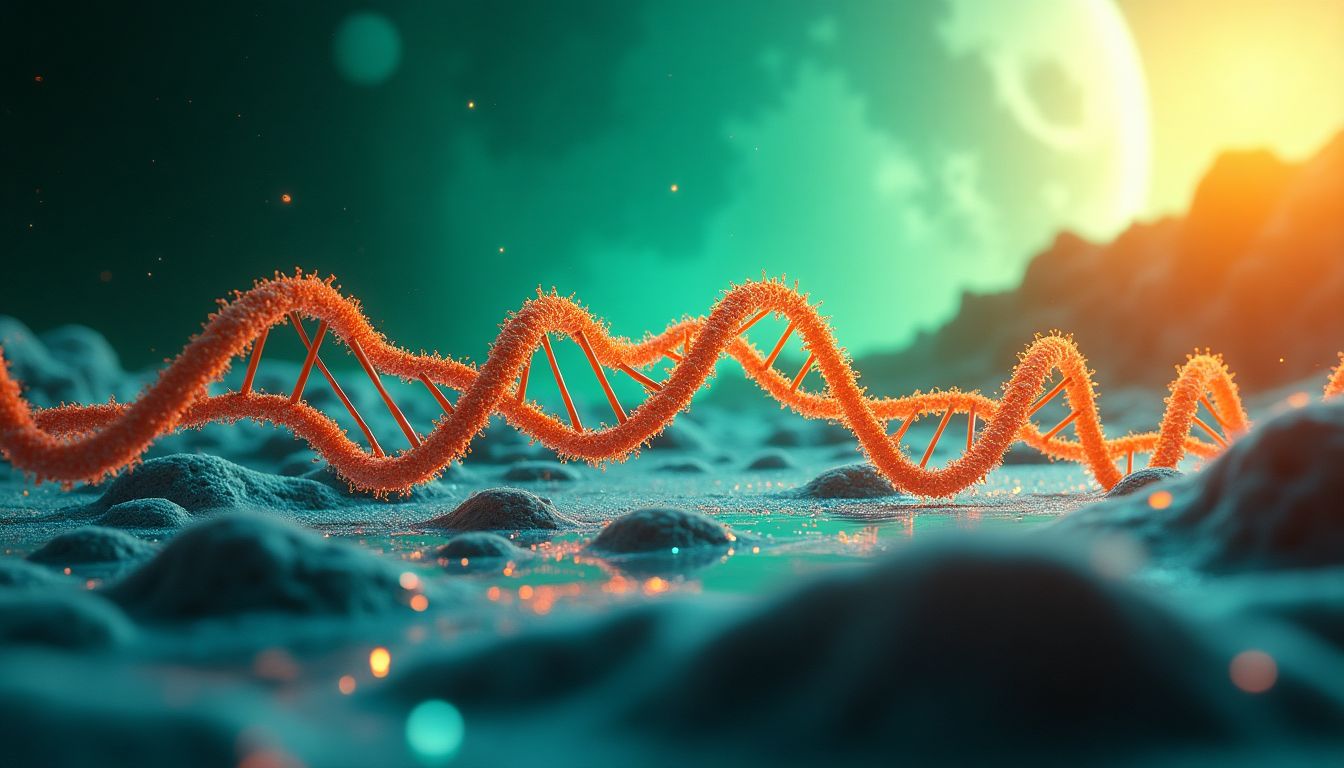
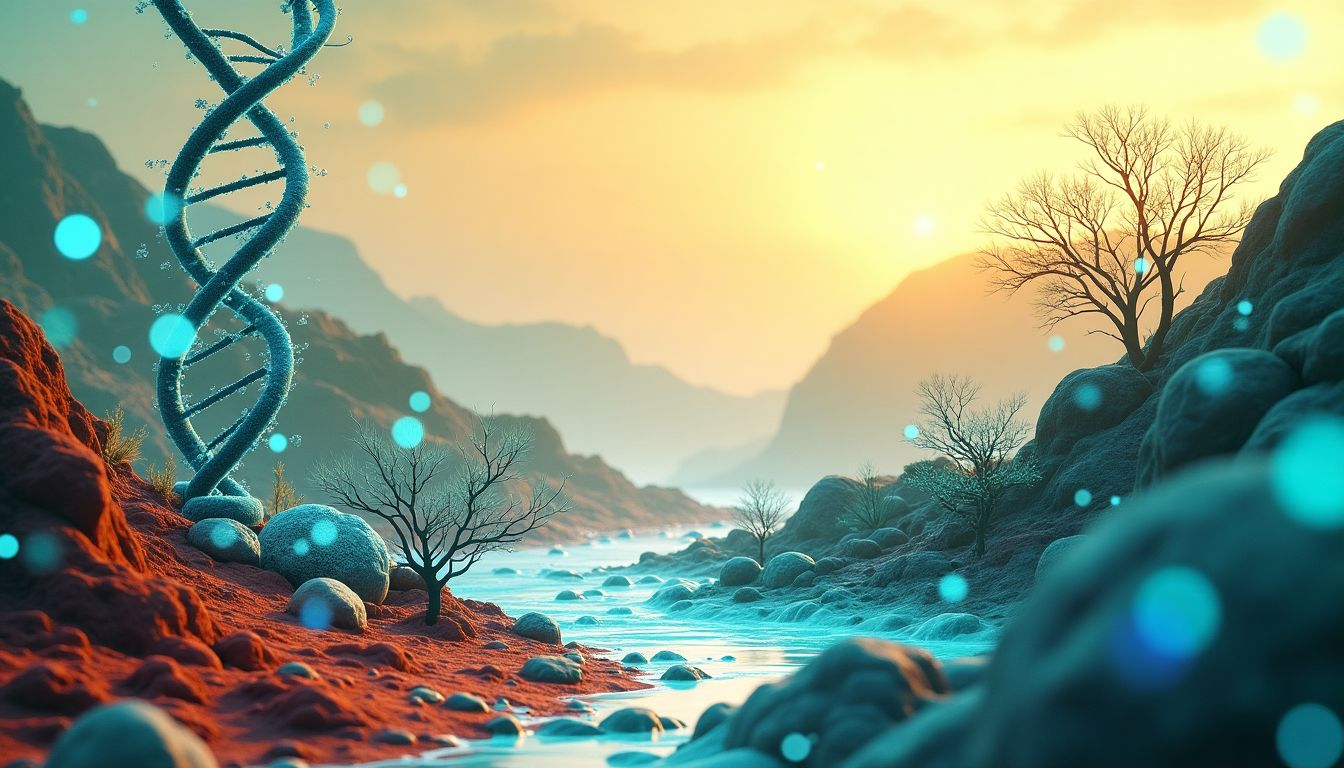
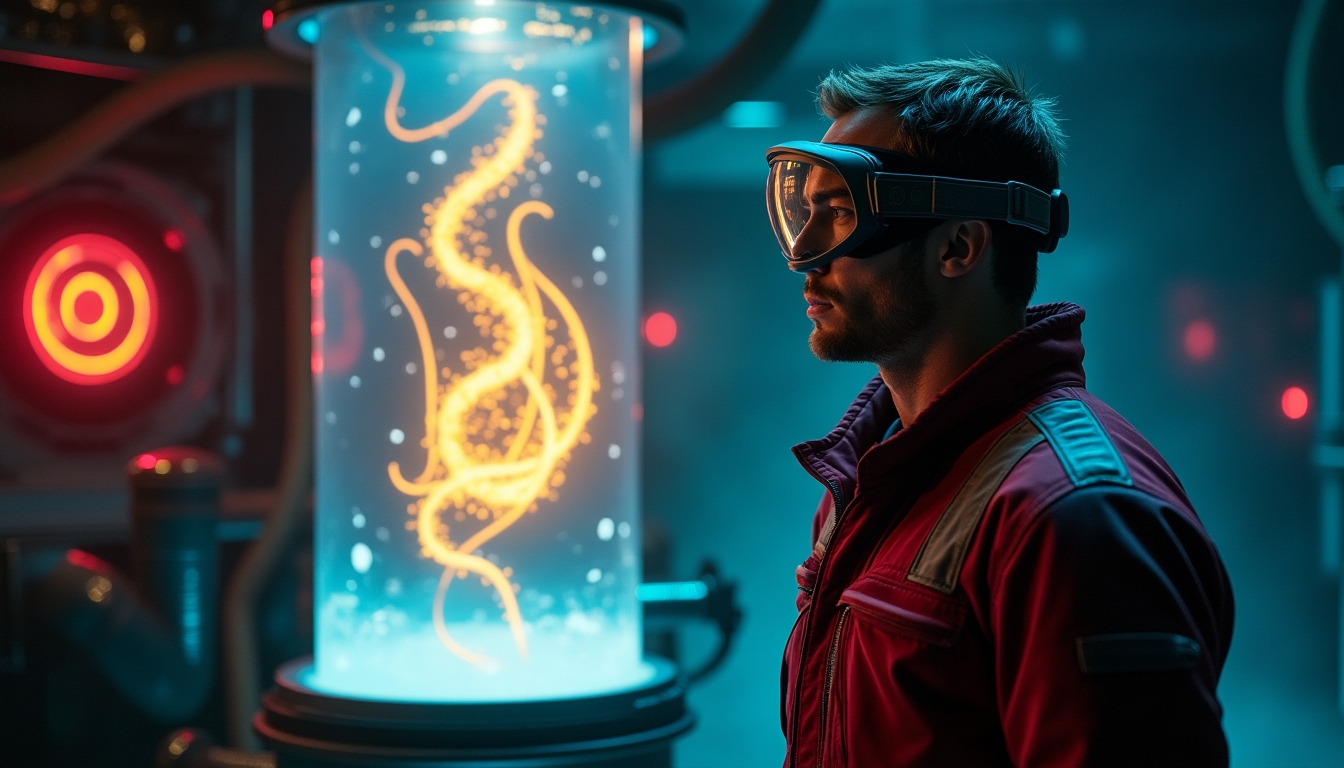
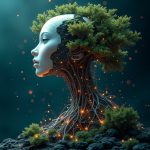

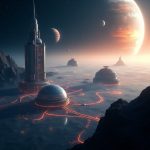




















Post Comment
You must be logged in to post a comment.